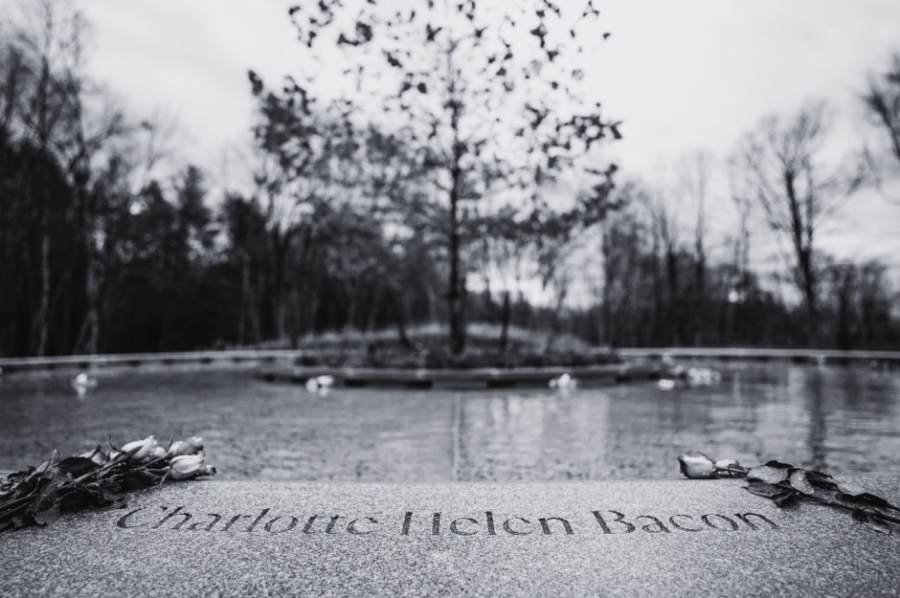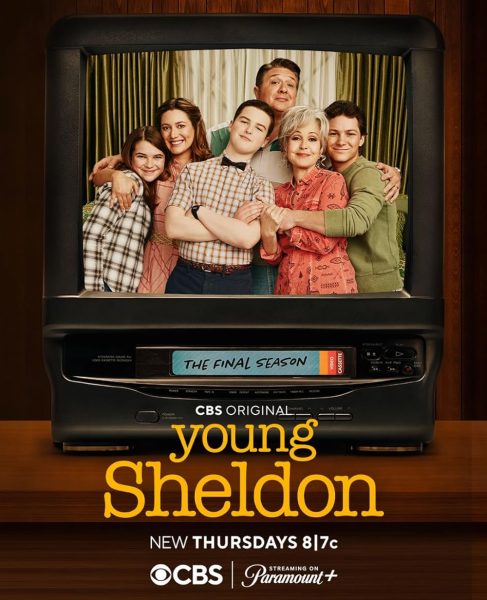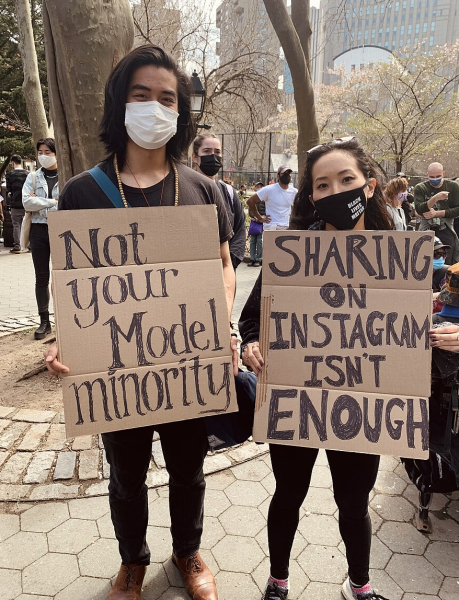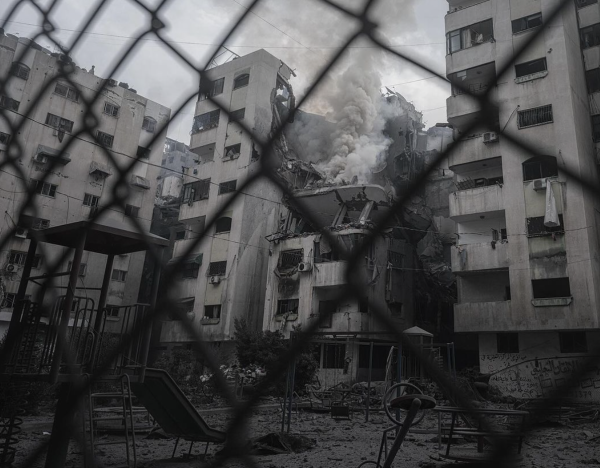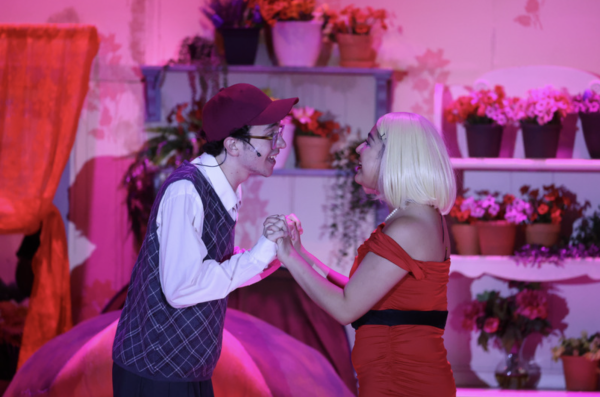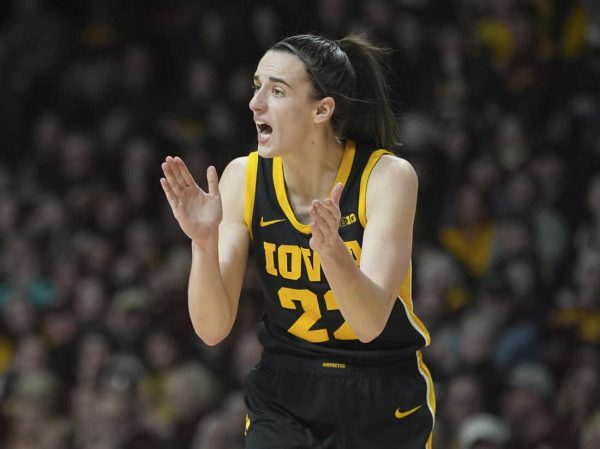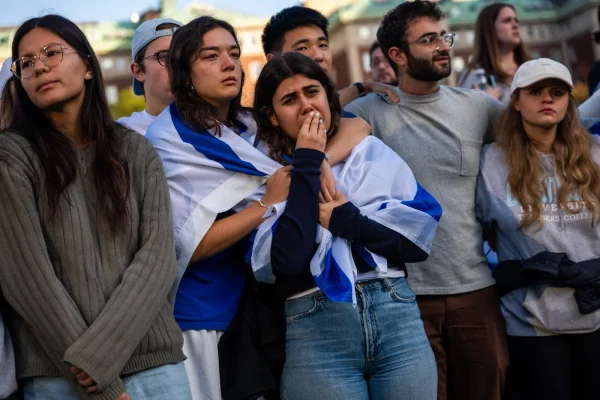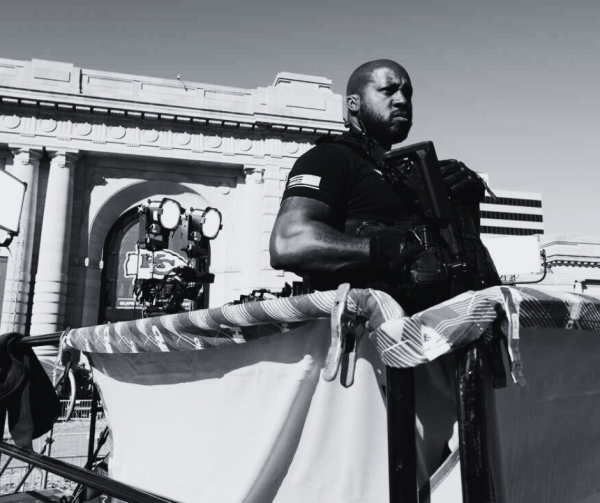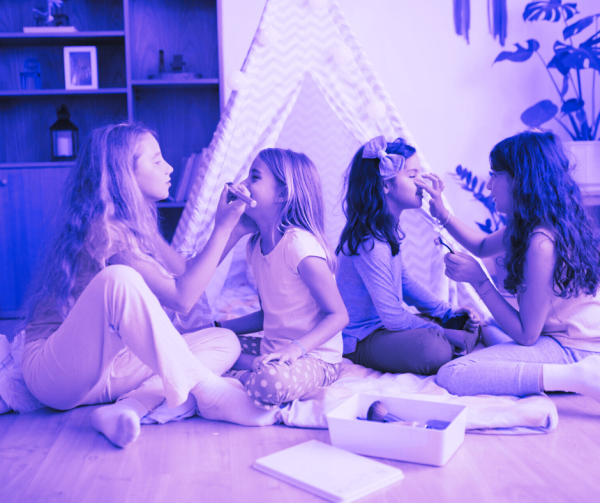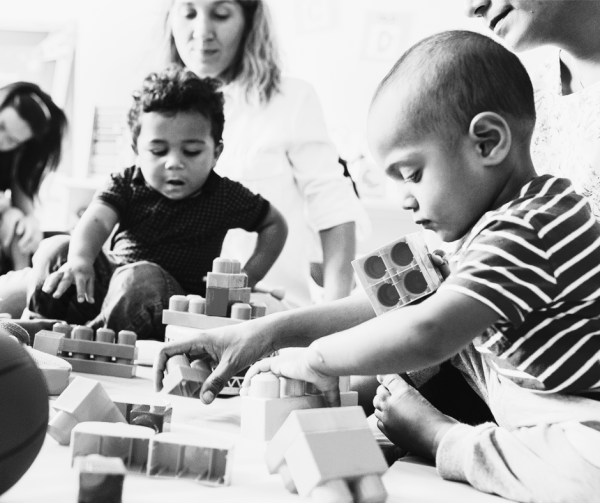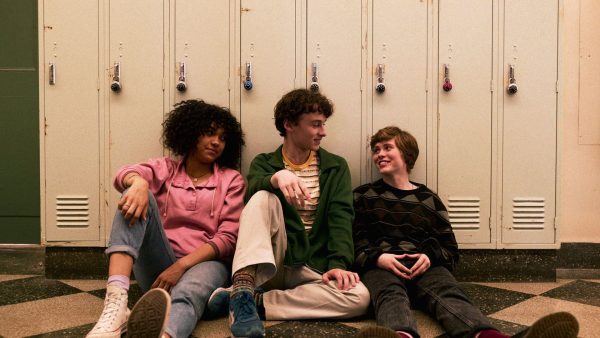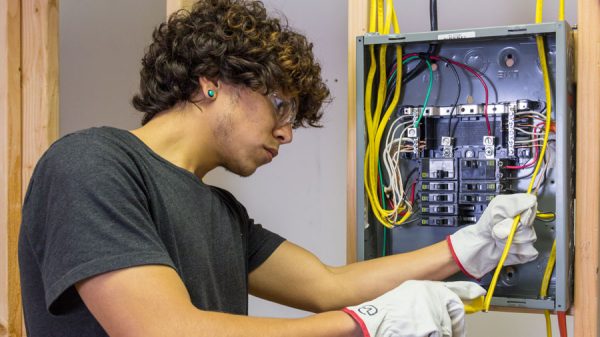“Thoughts and prayers” for a country that accepts school shootings as normal
On the 10 year anniversary of the tragedy at Sandy Hook, Arts and Culture Editor Maggie Blackburn reflects on where we are now
Part of the Sandy Hook Memorial, which was established in November
Today is the 10 year anniversary of the school shooting at Sandy Hook Elementary School, in which 26 people were killed at gun point. The shooting continues to have the second highest number of fatalities after the Virginia Tech massacre, and still nothing has changed.
We have been told after every school shooting since Columbine, where 12 students and a teacher lost their lives, that it would never happen again. And since that day, April 20, 1999, there have been 304 fatal school shootings and counting, 14 of which classify as mass shootings.
All 20 of the student victims from Sandy Hook Elementary School were either aged six or seven at the time of the shooting, as were many current juniors at RV at the time, myself included. When we graduate next year, there should be 20 more children graduating from their own high schools in the passing days. But there won’t be. There will be 20 empty chairs where Charlotte Bacon, Daniel Barden, Olivia Engel, Josephine Gay, Dylan Hockley, Madeleine Hsu, Catherine Hubbard, Chase Kowalski, Jesse Lewis, Ana Márquez-Greene, James Mattioli, Grace McDonnell, Emilie Parker, Jack Pinto, Noah Pozner, Caroline Previdi, Jessica Rekos, Avielle Richman, Benjamin Wheeler and Allison Wyatt should be sitting. These 20 individuals were robbed of a future, and the nation was robbed of a world in which these individuals were our future doctors, teachers, nurses, pilots, journalists, mothers or fathers.
We have become accustomed to the fact that when we turn on our TV, it is not unlikely that we will learn about another school shooting, all while the people in positions of political power have done little to nothing to save the lives of innocent students and staff, but instead have expressed their “thoughts and prayers.” Unfortunately, thoughts and prayers do not bring back the hundreds of lost lives, or make schools feel safe for all students across the country.
Thoughts and prayers do not bring back the hundreds of lost lives, or make schools feel safe for all students across the country.
What could, however, save lives and make schools a safer place to learn, would include, for example, a ban on the sale of military-style semi automatic guns, also known as assault weapons, which are used in 30% of school shootings and caused the death of nearly 400 people, according to The New York Times. While Congress passed this ban in 1994, it expired after 10 years, and is still not currently in place. However, President Biden has recently pleaded for US lawmakers to enact this ban once again.
Students have drills once a month that teach us where to hide, have us practice being quiet and leave us wondering if this one is a drill or not when it carries on a little too long. We learned how to hide from an active shooter before we learned how to do algebra. The normalization of this in schools only contributes to the notion that we must accept a world in which this happens.
“We practice and pretend it’s normal, but it’s truly crazy what can happen in a short moment,” said junior Ava Paolone.
Schools are now being designed with shootings in mind instead of spaces for students to engage in hands-on learning. School budgets are being adjusted to account for higher security costs.
The school shooting in Uvalde, Texas, proved that even these based-laid, well-researched and aggressive plans (like “good guys with a gun”) do not work and are just as costly. The 19 elementary school students and two teachers who were murdered at the hands of a gunman (carrying an AR-15) are now adding to the astronomical body count.
Students have gone through drills every month of every school year for as long as we can remember, and as a result, a lot of students have become desensitized to it. We are used to hearing, “__ killed at __ school,” and the blanks being filled in multiple times throughout the year. Desensitization leads to apathy, which leads to complacency. Do we want to live in a country where school shootings are as routine as election days? What kind of signal does this send to future generations, some of whom may never get the chance to have a say, if current trends continue?
We must abandon the idea that this is a normal and unfortunate situation, a reality that we are helpless to change.
We must abandon the idea that political leaders are deadlocked, that their hands are tied.
We must abandon the idea that thoughts and prayers are enough. We need to engage in policy and change.
And today, 10 years after the murder of 20 children and six adults, we cannot abandon the idea that their lives were lost in vain.
Your donation will support the student journalists of Rancocas Valley Regional High School. Your contribution will allow us to enter into regional and national competitions, and will help fund trips to journalism conferences to continue to improve our writing and work!
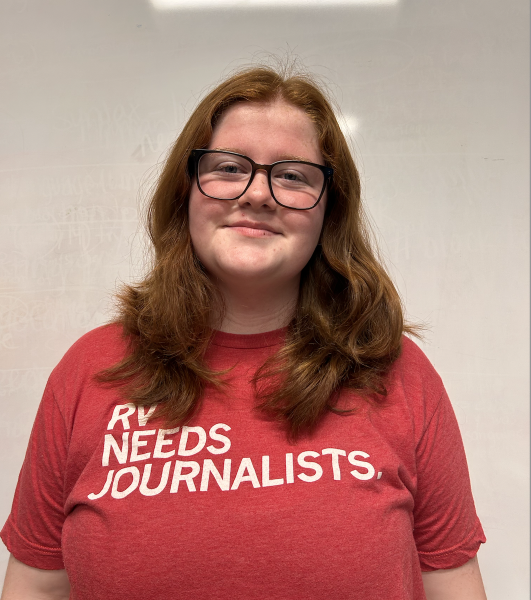
Senior Maggie Blackburn is a fourth year member of the Holly Spirit, and is one of the Managing Editors this year. She participates in other clubs and...

